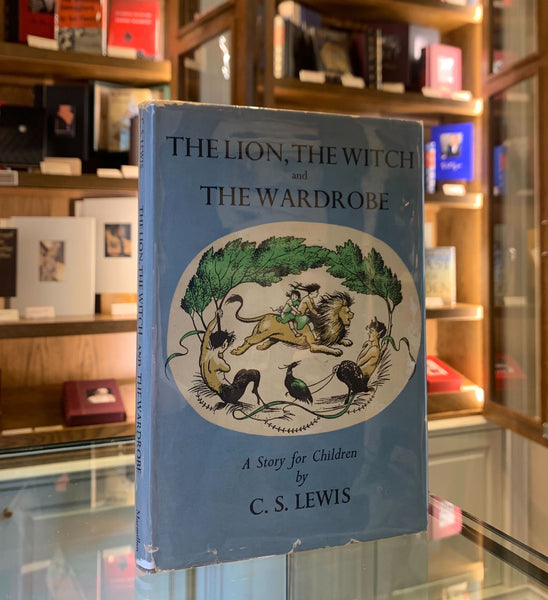Unique WWII Collectibles

From Pearl Harbor to the landing at Normandy, the Battle of the Bulge to Stalingrad, from Guadalcanal to Iwo Jima - there were so many definitive battles and theaters of the Second World War, so many names and dates that will live on in the history books. We are grateful for those who fought for freedom around the globe- those on the front lines, in the skies and medic tents, and those who supported the war on the homefront, in factories and farms. By sourcing, studying, and selling these WWII artifacts, we hope to continue to honor each and every story.
Below, we have shared some really unique relics of WWII in our inventory- each with its own story to tell.
Vintage Sensenich Wooden Propeller, Circa 1945
This is a beautiful wooden Sensenich propeller, dating to 1945. Given its construction and designation, it is likely this propeller was flown at the very end of WWII.
The Sensenich Propeller Company started in Pennsylvania by two brothers. Their first experiments included pushing propeller-driven farm wagons down the narrow dirt roads of Lancaster County and, in the winter, strapping an engine and their wooden propeller to an ice sled, which they tethered by a hundred-foot hawser to a stout stake set in the frozen Susquehanna River. Using tools typically reserved for making wagon wheels, and encouraged by local aviators, the brothers began trialing with the graceful compound curve of a propeller. By the early 30s, the company developed a broad range of light aircraft propellers. In 1941, the company built a large modern plant to support full-scale war production. Throughout the span of World War II, Sensenich employed 400 people and crafted more than 5,000 propellers a week.
WWII Double Fighter Cockpit Gauges
This is a set of two vintage WWII fighter plane cockpit instrument gauges, presented on a custom-made stand. The gauges, which indicate oil temperature, were essential for maintaining control of the plane and managing engine performance during missions. The United States manufactured about 300,000 aircraft just prior to and during World War II. Included in this number were large quantities of fighter and attack aircraft, from many aircraft manufacturers like Boeing, Stedbaker, and Lockheed. Many factories were retooled to produce aircraft and their components, and a considerable effort was made by the entire country to produce supplies for the war. Popular fighter planes used by the Army Air Corps and U.S. Navy were the P-38, P-40, P-47, F4U, F6F, SBD, TBM, P-61 and PVI.
Carl Zeiss 12 x 60 Observation Binoculars, Second World War
These WWII German 12x60 observation binoculars are presented on an adjustable wooden tripod. The binoculars were manufactured by the company Carl Zeiss, a German manufacturer of optical systems. These binoculars were used for long-watch land and sky observation by German forces between 1939 and 1945. World War II binoculars were true military weapons, designed for defense and reconnaissance. They were never designed for civilian use, and were constructed without cost in mind, as the reliability of the optics far outweighed the monetary cost. The eyepieces can be adjusted for focus and the distance between your eyes with a turn of a knob, as can the shade settings for the lenses. This particular binocular also possesses sun filters. It was a known military tactic to fly in line with the sunlight and filters helped to cut the glare of the sun to increase plane and bomber tracking.
Vintage U.S. Navy Cased Gimballed Compass, Circa 1943
Presented is a U.S. Navy gimballed compass from 1943, engraved with “U.S. Navy” along the compass’ rim. The brass compass is beautifully constructed and is mounted on a 360-degree brass gimbal ring system. The gimbal ring design allows the compass to remain level regardless of the angle of the base or how much the ship may have pitched or rolled on the open waters. By WWII, it was far more common to see the larger, more technical and precise gyrocompasses used on large battleships, so we can estimate that this small gimballed compass was used in several situations- on larger ships, as a back-up to the gyrocompass, or on smaller Navy boats, like landing boats, life-rafts, and escape boats, for necessary and life-saving navigation.
 USMC Officer's Visor Cap, "Joe Foss" Embossed on the Sweatband
USMC Officer's Visor Cap, "Joe Foss" Embossed on the Sweatband
Presented is an original USMC officer's visor cap dating to the 1940s. This cap has the names Joe Foss embossed on its sweatband. There is a United States Marine Corps emblem positioned on the front of the hat. Drawing on the tradition of serving on land and sea (“Per Mare, Per Terram”), the emblem is rich in symbolism. The eagle and the globe represent the global reach and projection of the power represented by the Marine Corps. The fouled anchor displays the naval tradition and legacy of the Marine Corps. Joseph Jacob Foss (1915 – 2003) was a United States Marine Corps major and a leading Marine fighter ace in World War II. He received the Medal of Honor in recognition of his role in air combat during the Guadalcanal Campaign.
Bolt of 48-Star American Flags with a Union Jack, Printed on Cotton, Circa 1945
Lastly, this is an uncut bolt of printed flags on cotton. The bolt features a large 48-star American flag, a small 48-star American flag, and a small Union jack. Given the combination of a Union Jack and two American flags printed on the same bolt of fabric, it is likely this cotton bolt was printed to celebrate an Allied victory, at the end of WWII. A joyous relic, the fabric is symbolic of our unified effort and alliance.
Shop our whole collection of WWII posters, signatures and autographs, flags, books, and memorabilia on our website or in shop in Colorado Springs.Also in Blog

A Closer Look at Lincoln: Who Was Joseph C. Audenried?

The Flying Tigers







